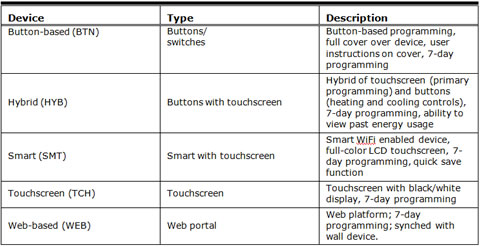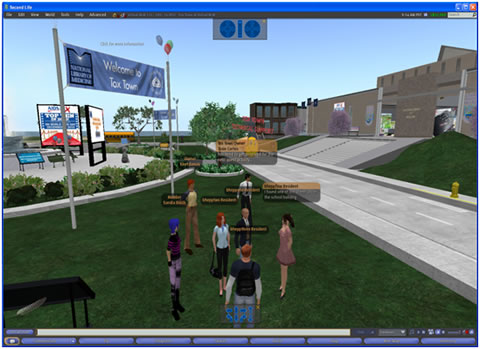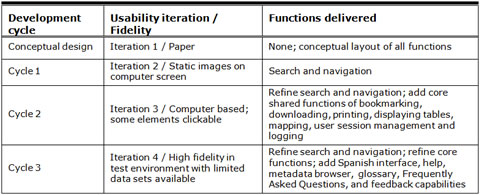Making Energy Savings Easier: Usability Metrics for Thermostats
Abstract U.S. residential thermostats control approximately 9% of the nation’s energy use. Many building codes now require programmable thermostats (PTs) because of their assumed energy savings. However, several recent field studies have shown no significant savings or even higher energy use in households using PTs compared to those using non-PTs. These studies point to usability problems that lead to incorrect use and wasted energy. However, the lack of clear, consistent metrics has hampered the acceptance of usability concerns by thermostat manufacturers. Thus there is a need for metrics specific to PTs that manufacturers can use to evaluate their products. In this paper, we report on the results of a usability study conducted on five commercially available PTs and the development …




